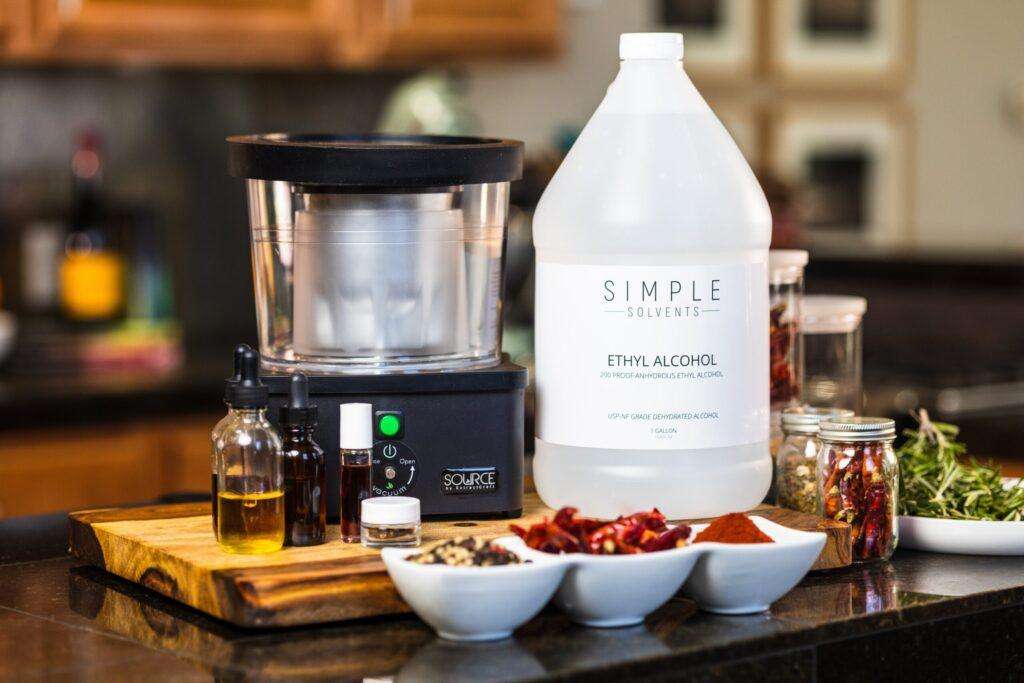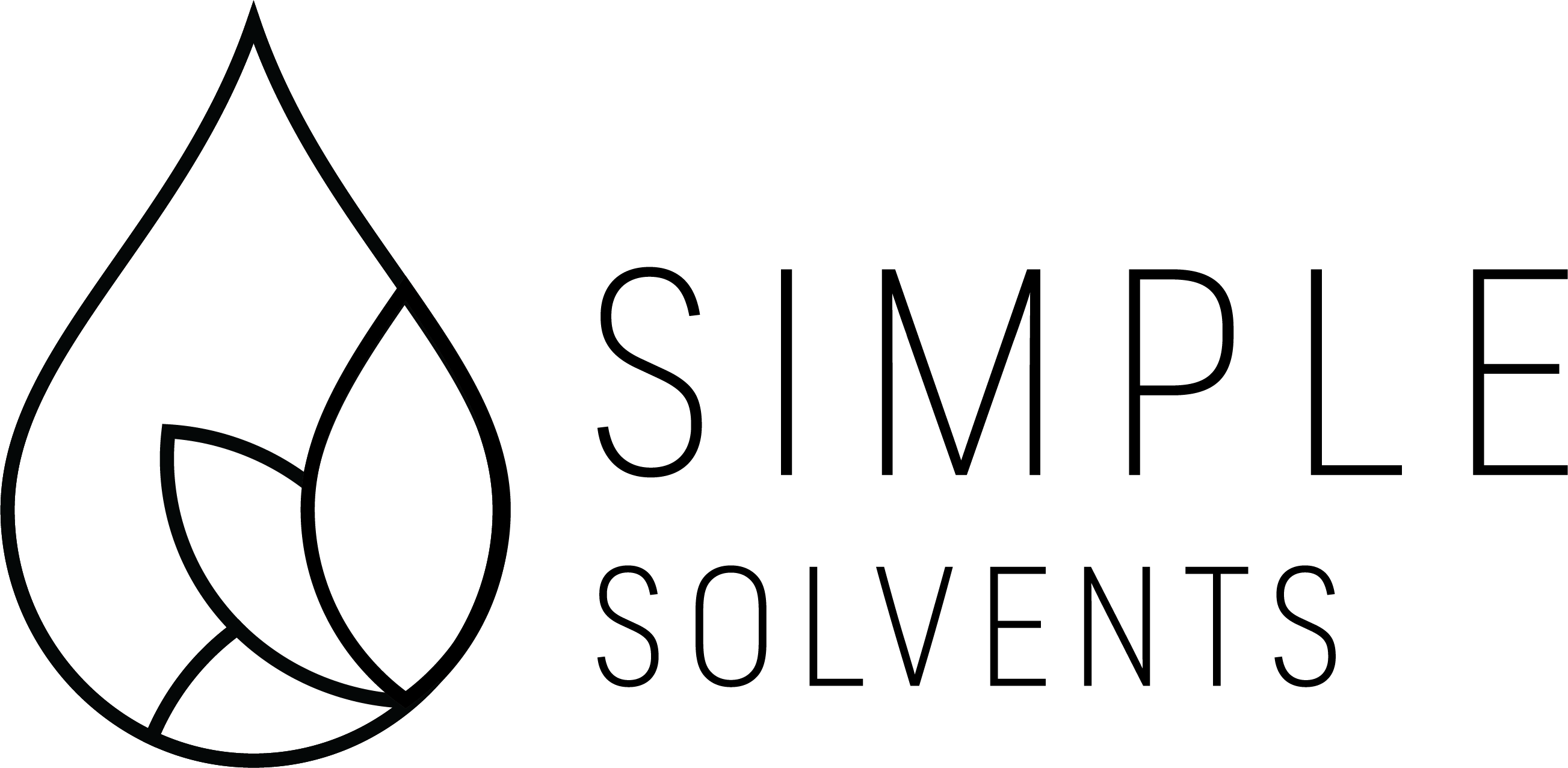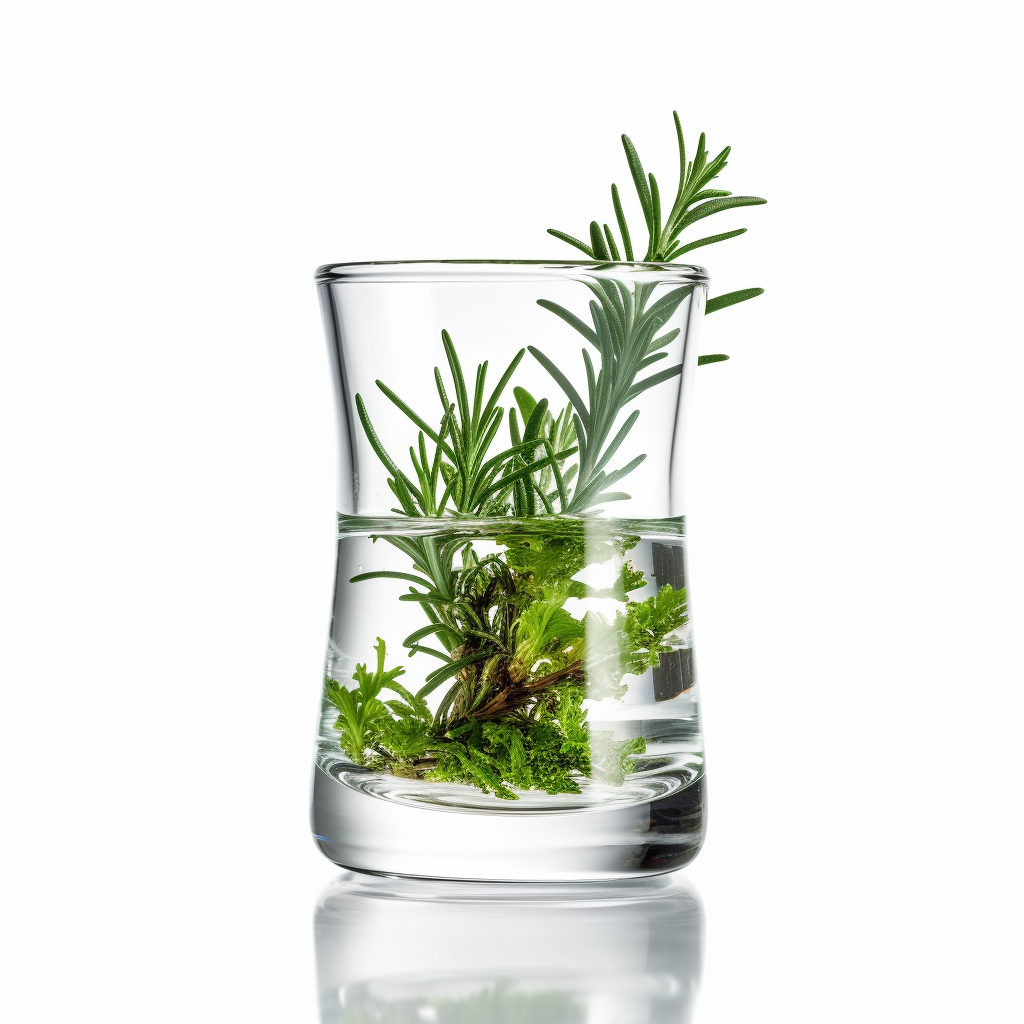Methods of Ethanol Extraction: Optimization in extraction
Methods of ethanol extraction for botanical and herbal extraction often rely on high-quality solvents, like ethanol, to produce an assortment of valuable compounds ranging from essential oils and fragrances to flavorings and medicinal extracts. Methods of ethanol extraction techniques not only greatly impact the purity and quality of the final product but also directly influence production efficiency, waste minimization, and scalability. Therefore, gaining mastery over these extraction methods and optimization techniques is essential for businesses and individuals working in the botanical and herbal industries.
In this ultimate guide, we will explore the diverse ethanol extraction methods used in practice today, providing a comprehensive understanding of their advantages and limitations. Furthermore, we will delve into the latest techniques for optimizing extraction processes, ensuring consistent, efficient, and cost-effective production.

Throughout this guide, we will cover the following topics related to ethanol extraction in the botanical and herbal industries:
1. An in-depth look at different ethanol extraction methods, including traditional techniques like Soxhlet extraction and newer innovations such as closed-loop extraction systems.
2. Practical optimization strategies for consistently achieving high-quality extracts, including temperature control, adjusting solvent-to-plant ratios, and fine-tuning extraction times.
3. The benefits and drawbacks of using ethanol as a solvent in botanical and herbal extraction, including its superior extraction capabilities and unique safety considerations.
4. An overview of crucial safety practices and regulatory considerations for working with ethanol in the context of herbal and botanical extraction.
Join us on this journey as we uncover the methods of ethanol extraction within the botanical and herbal industries, equipping you with the knowledge and resources needed to succeed in this versatile, high-demand field. Whether you’re an established professional or a newcomer exploring different extraction techniques, this guide will provide valuable insights into the delicate art and science of ethanol extraction, helping you develop the skills and expertise required to achieve truly outstanding results.
The Ultimate Guide to Ethanol Extraction Methods and Optimization in Botanical and Herbal Industries
Ethanol extraction is a popular and versatile technique for extracting valuable compounds from botanical and herbal materials. In this comprehensive guide, we will delve into different ethanol extraction methods, explore optimization strategies, and provide an overview of safety practices and regulatory considerations to ensure optimal extraction results and efficiency.
1. In-Depth: Methods of Ethanol Extraction
Various ethanol extraction methods are employed in the botanical and herbal industries, each with its own advantages and limitations. Let’s explore the most prevalent methods:
– Soxhlet Extraction: This traditional method involves continuously rinsing the plant material with solvent inside a specialized Soxhlet apparatus. It’s an effective extraction technique but can be slow and time-consuming compared to more modern methods.
– Cold (Winterization) Extraction: This technique involves freezing the plant material and ethanol before mixing them, which helps to reduce the amount of unwanted compounds, such as chlorophyll, extracted from the plant material. This results in a cleaner and purer extract.
– Closed-Loop Extraction: A closed-loop extraction system is a more controlled and efficient method, using a circulation loop to wash the plant material with ethanol. By maintaining a closed system, the solvent can be easily recovered and reused, resulting in reduced waste and improved efficiency.
– Ultrasonic Assisted Extraction (UAE): UAE uses ultrasonic waves to enhance the extraction process, allowing ethanol to penetrate the plant material more efficiently. This increases the extraction rate and yields a higher-quality extract in a shorter period of time.
- ExtractCraft: An at-home unit for users looking to produce small batches of botanical extracts for their every day uses. They can be found here – click here!
2. Practical Optimization Strategies for High-Quality Extracts
Achieving consistently high-quality extracts requires a focus on optimization techniques and process controls. Here are some strategies that can help improve your ethanol extraction process:
– Temperature Control: The temperature at which ethanol extraction takes place greatly impacts the efficiency and quality of the process. Lower temperatures can help minimize the extraction of unwanted compounds, such as fats and lipids, but may require longer extraction times. Experiment with different temperatures to find the optimal balance for your specific material and desired extract.
– Solvent-to-Plant Ratio: The ratio of solvent to plant material can directly influence the efficiency and quality of the extraction process. Too little solvent can result in incomplete extraction, while too much solvent may cause excessive dilution of the desired compounds. Fine-tuning the solvent-to-plant ratio for your specific process and material is crucial for optimal results.
– Extraction Time: The length of time the solvent is in contact with the plant material affects the overall extraction efficiency and quality. Longer extraction times can result in higher yields, but may also extract more undesirable compounds, affecting the purity of the final product. Balancing extraction time is essential for maximizing yield while maintaining quality.
3. Benefits and Drawbacks of Using Ethanol in Extraction
Ethanol is a favored solvent in botanical and herbal extraction due to its many benefits, but it also has some drawbacks to consider:
Benefits:
– Efficient extraction: Ethanol is highly effective at extracting a wide range of compounds from plant material, resulting in high-quality extracts.
– Low toxicity: As a natural, plant-based solvent, ethanol is considered more environmentally friendly and poses a lower health risk compared to many other solvents.
– Versatility: Ethanol works well with a variety of extraction methods, making it suitable for numerous applications in different industries.
Drawbacks:
– Flammability: Ethanol’s flammable nature requires careful handling and storage to prevent accidents. This also means that more stringent safety measures and regulations must be adhered to when working with ethanol.
– Potential for residual solvent: If not properly evaporated or removed, residual ethanol in extracts could affect the quality, taste, and safety of the final product.

4. Safety Practices and Regulatory Considerations
When working with ethanol in extraction processes, adhering to safety practices and regulatory guidelines is crucial:
– Follow all applicable local, state, and federal regulations related to ethanol use, including storage, handling, and disposal requirements.
– Wear appropriate personal protective equipment (PPE) when working with ethanol, such as gloves, goggles, and respirators.
– Ensure proper ventilation in workspaces, and establish emergency plans in case of accidental spills or fires involving ethanol.
Conclusion
Mastering methods of ethanol extraction and optimization techniques is an essential skill for successful operations in the botanical and herbal industries. By understanding and applying strategies for choosing the right extraction method, controlling extraction parameters, and ensuring safety and compliance, you can confidently achieve high-quality extracts, enhance production efficiency, and stay ahead in the competitive world of botanical and herbal extraction.
Simple Solvents is committed to providing our customers with the highest-quality solvents, such as ethanol and the essential knowledge required to navigate this ever-evolving field. Keep learning and experimenting with different extraction methods and optimization techniques to refine your skills and continually improve your results, ensuring success in your botanical and herbal extraction endeavors.

